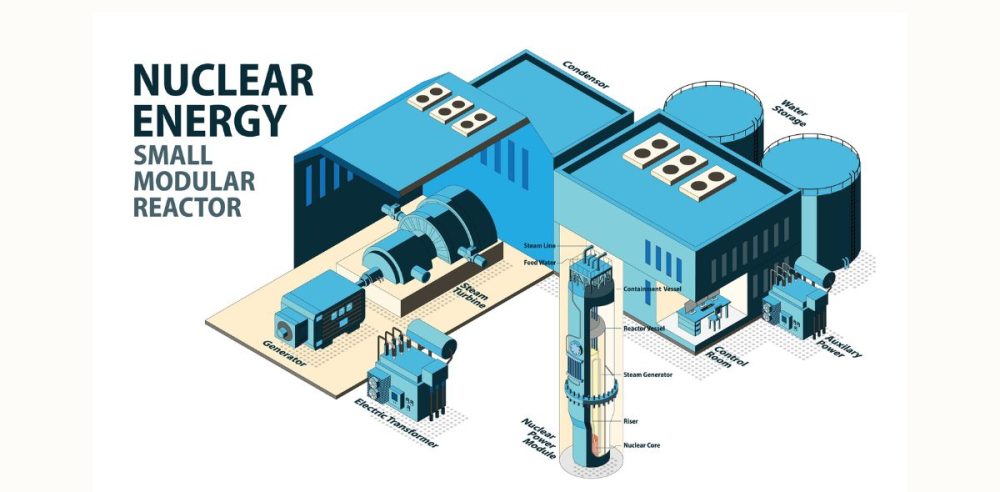To boost the state’s power grid and meet growing energy demands, Texas is making significant steps toward incorporating nuclear energy resources, focusing on using Small Modular Reactors (SMRs).
According to some energy experts, these newer compact reactors could provide a reliable, safer, and more efficient energy source for the state.
Texas State Senator Paul Bettencourt (R-Houston) discussed the state’s vision to integrate SMRs into its energy infrastructure, speaking on the challenges and opportunities these reactors offer during a recent interview with KPRC 2.
SMRs, which typically range between 100 to 300 megawatts, are much smaller than traditional nuclear reactors, which can generate over 1,200 megawatts. As Bettencourt explained, the design of SMRs allows for faster production and installation, making them a potentially game-changing solution for the state’s energy grid.
The push for nuclear energy comes as Texas continues to face challenges with grid reliability, especially during extreme weather events, as previously reported by The Dallas Express.
Another key selling point of SMRs is their alleged safety features.
Unlike traditional nuclear reactors, which require consistent human management or mechanical intervention to prevent disasters, SMRs are designed with “walk-away” safety measures. These measures allow the reactors to self-regulate in the event of a power failure, avoiding the risk of “leaks” or catastrophic events.
“The design of these reactors means that you might have uranium encased in graphite and thorium salt reactors as the coolant pouring out of the ground in the worst case [scenario]. But then it solidifies and that’s the end of it…So, it’s just a completely different mindset than this, you know end of the world, you know Chernobyl,” Bettencourt explained.
Texas aims to have SMRs operational by the end of the decade, according to KPRC 2.
In 2023, the federal government approved the first SMR design from the company NuScale Power. Now, Texas hopes to become a leader in this new energy strategy, with several other nuclear energy projects already in the works. One of the most notable is a partnership between X-Energy and DOW to build an SMR facility at DOW’s Seadrift site, located southwest of Houston. Construction is expected to begin in 2026, pending final government approvals.
However, Bettencourt also warned that the development of these reactors would take time before Texans see benefits.
“All of this takes time to build one of these effectively, it’s multiple years. And even though we have approval from the feds for the first few, we’ll see what the new Trump administration does on ramping up these approvals a lot faster,” Bettencourt said.
As part of the push for SMRs, the Texas Advanced Nuclear Reactor Working Group has proposed a series of recommendations to help integrate nuclear energy into the state’s grid. These suggestions include creating a Texas Advanced Nuclear Energy Authority organization, a dedicated Texas Nuclear Oversight Officer, and a Nuclear Energy Fund to help support the workforce needed to run these potential plants.
As the state moves closer to adopting nuclear energy, the future of Texas’ power grid may soon look very different from its current reliance on wind and solar alternatives.
“We’re trying to do everything we can to incentivize what we would originally call ‘baseload energy,’ which the public may understand is not renewable. It’s not wind or solar. The reason is that wind and solar are great when you have them…But you have to have enough base energy to be able to maintain all the activities that everybody’s accustomed to in the modern 21st century,” Bettencourt said.


